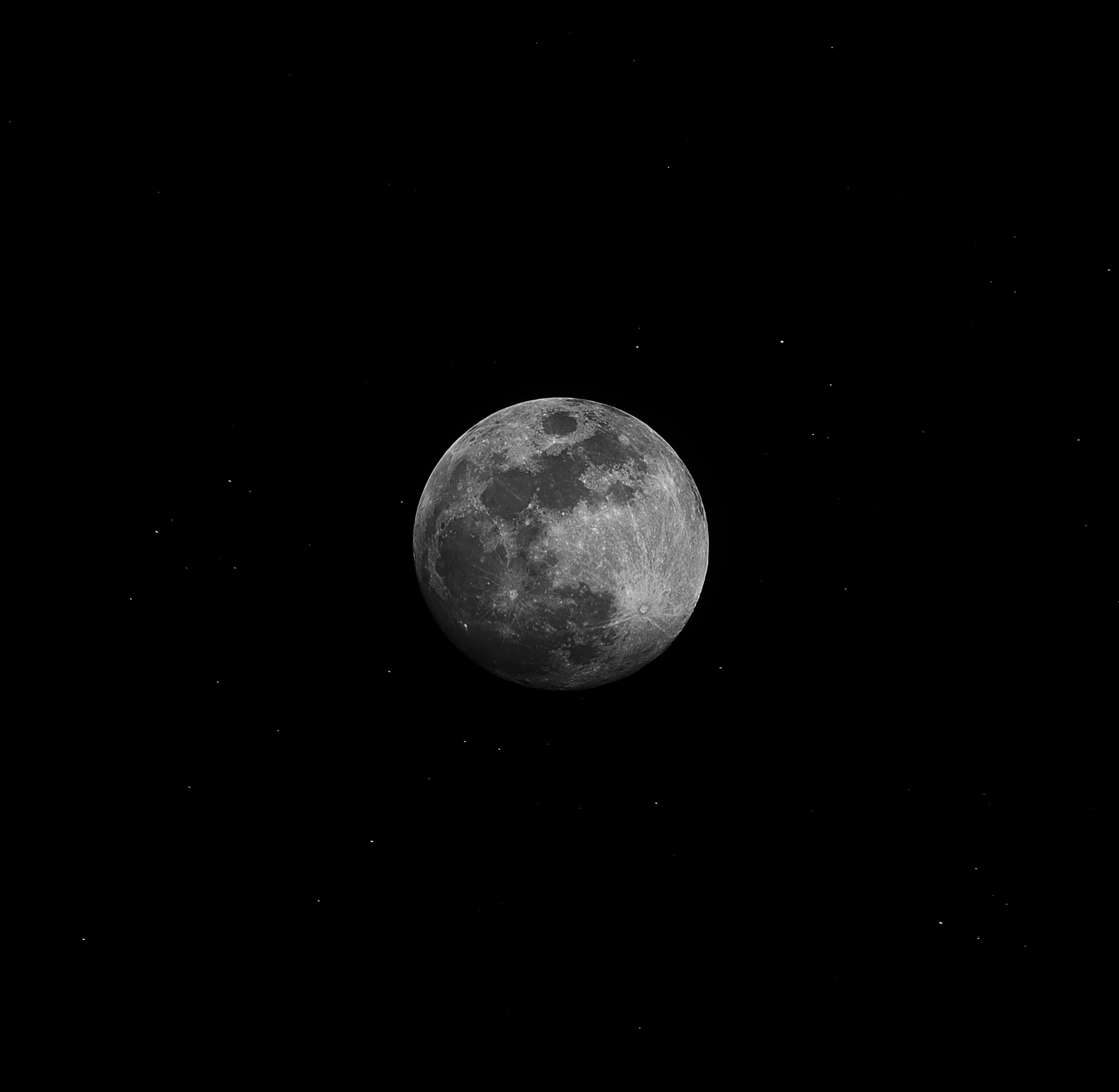Does the Moon Orbit the Earth?
As children, we are taught that the Earth is constantly orbited by its one and only natural satellite, the Moon. This idea is further reinforced by pictures and diagrams showing the Moon revolving around our planet. However, let us delve deeper into the topic and explore the scientific evidence behind the Moon’s orbit around the Earth.
The Basics: Gravitational Forces
In order to understand the concept of the Moon’s orbit, we need to first grasp the fundamentals of gravity and how it shapes our universe. Gravity is the force which attracts objects with mass towards one another. The strength of the gravitational force depends on the masses of the objects involved and the distance between them.
Both the Earth and the Moon have mass, which causes them to exert a gravitational pull on each other. This attraction is what keeps the Moon in orbit around the Earth, rather than drifting off into space.
Newton’s Law of Universal Gravitation
The mathematical relationship between the gravitational force, the masses of the objects, and the distance between them was first described by Sir Isaac Newton in his Law of Universal Gravitation. According to this law, the force of gravity between two objects is directly proportional to the product of their masses and inversely proportional to the square of the distance between them.
Applying Newton’s Law of Universal Gravitation to the Earth-Moon system, we can conclude that the gravitational force holding the Moon in orbit around the Earth is a result of the Earth’s mass, the Moon’s mass, and the distance between them.
Understanding Orbits
To fully comprehend the Moon’s orbit around the Earth, we must understand what an orbit entails. An orbit is the curved path an object takes around another object in space, influenced by gravitational forces. In the case of the Moon, its orbit is shaped by the gravitational pull of the Earth.
Essentially, the Moon is trapped in a perpetual freefall towards the Earth due to gravitational forces. However, its sideways velocity is sufficient to keep it from crashing into the Earth’s surface. Consequently, the Moon continuously falls yet never gets closer to the Earth, following a path that traces an elliptical shape.
This gravitational tug-of-war between the Earth and the Moon creates a balanced system, resulting in the Moon orbiting the Earth instead of being pulled towards it. Overall, it is the interplay of gravity and the Moon’s velocity that allows it to maintain a stable orbit.
Moon’s Orbital Characteristics
The Moon’s orbit is not perfectly circular but rather slightly elliptical, with the Earth sitting at one of the foci of the ellipse. This means that the distance between the Moon and the Earth varies throughout its orbit. At its perigee, the point where the Moon is closest to the Earth, the distance is approximately 363,000 kilometers (225,623 miles). Conversely, at its apogee, the farthest point from the Earth, the Moon is about 405,000 kilometers (251,655 miles) away.
Additionally, the Moon’s orbital plane is inclined at an angle of about 5 degrees relative to the Earth’s equator. This inclination results in the Moon appearing to move in a slightly different path in the sky each day, as it orbits around the Earth.
Evidence of the Moon’s Orbit
There is a wealth of scientific evidence that supports the concept of the Moon orbiting the Earth. To begin with, centuries of astronomical observations have consistently demonstrated the Moon’s regular and predictable movements in the sky, following an orbital pattern around the Earth.
Furthermore, the laws of physics, particularly those governing gravitational forces, provide a solid scientific framework for understanding and explaining the Moon’s orbit. The orbits of other celestial bodies, such as planets and satellites, can also be explained based on similar principles.
In the field of space exploration, spacecraft and satellites have been successfully launched and placed into orbit around the Moon. This achievement would not have been possible if the Moon itself did not orbit the Earth.
Conclusion
After careful consideration of the scientific evidence, it is undeniable that the Moon does indeed orbit the Earth. The gravitational forces between our planet and its only natural satellite are responsible for maintaining the Moon’s stable and predictable path around the Earth.
By understanding the basics of gravity, Newton’s Law of Universal Gravitation, and the concept of orbits, we can confidently conclude that the Moon’s orbit is a result of the Earth’s gravitational pull. The Moon’s constant motion in the night sky, its elliptical orbit, and the observations made by astronomers further reinforce the fact that the Moon is inseparable from its gravitational dance with the Earth.
So, the next time you gaze at the night sky and admire the beauty of the Moon, remember its ceaseless journey around our home planet – a testament to the remarkable forces that shape the cosmos.
Table of Contents
